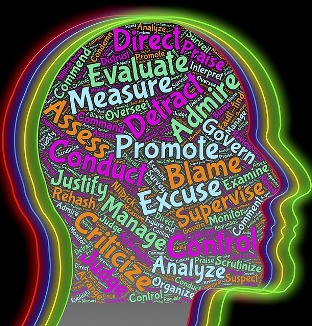A recent article defines the neuroscience of leadership as a “brain-based model for collaborating with and influencing others.” One proponent of neuroleadership, Dr. Rock, uses a model, SCARF “to define our human experiences with status, certainty, autonomy, relatedness, and fairness”.
He claims that we can respond to each of these areas with either feelings of pending reward or a perception of a threat. This impacts our natural motivation in the workplace, and is reinforced by the right values, cultures and behaviours. Motivation, and performance, are key areas of interest in the application of neuroscience in leadership.
In our Insight Mastery EQ Leadership program, we encourage leaders to let go of outdated ‘historical’ perspectives of performance appraisal, and instead adopt a compassionate coaching approach that focuses on forward development of the individual. One survey demonstrated that adopting such an approach increased engagement up to 88%.
Other applications of neuroleadership include:
- Increasing collaboration – through enhanced insight and intuition.
- Focus and memory improvement – engaging visual and spatial aspects of memory
- Great adaptability – helping employees build a positive approach to the constant and rapid change prevalent in many industries today
- Increasing stress management – with greater effectiveness in dealing with employee issues.
- Improved decision making – through engaging whole brain decision approaches, with a positive impact on stress
- Enhanced HR programs – more appropriate HR programs to the digital era
